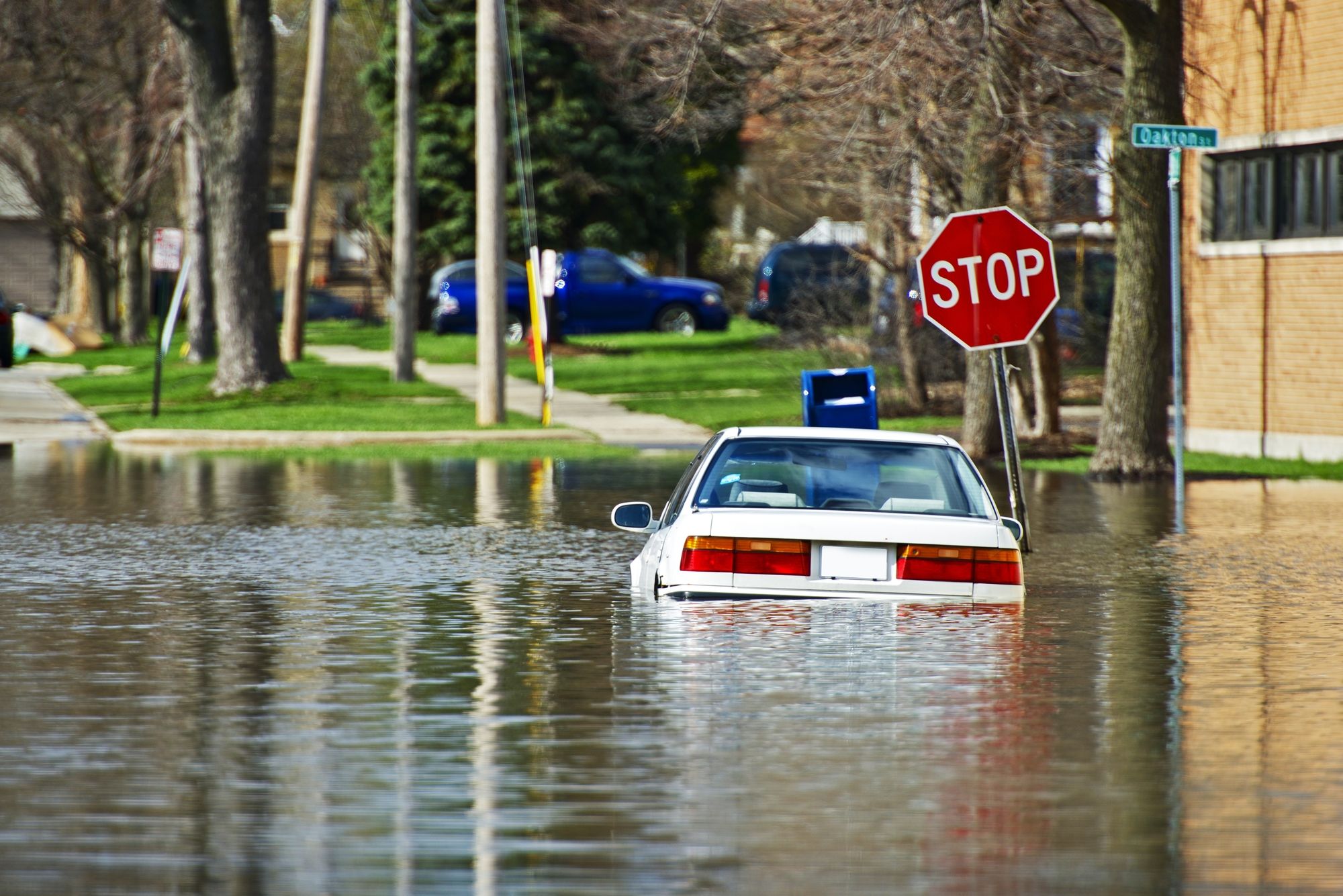One of the worst weather related tragedies for auto repair specialist are floods. Most of the time, flooded cars are impossible to fix at a reasonable price. If this happens to you, inspect your car immediately because quick response to a minor flooding even could just save your car.
Get a free quote
Before you take any action, you need to determine how bad the flood was. If the flood rose above the floorboard of the car, it might be more difficult to save. If the water was salt water, there is almost no saving your car. Salt water can severely corrode your vehicle, especially if the water has been sitting there for a long time.
If your car is ever affected by a flood, have a professional mobile mechanic from Wrench come out an inspect it. Our mechanics can bring the shop to you so you won't have to even attempt driving your car. Book an appointment on our website as soon as you can, the sooner you take action, the more likely your car could be saved!
Post Flood Steps
- Don't Start Your Car
You shouldn't attempt to start your car unless you are confident that the engine is okay. If you try to start it with water in the engine, it could cause irreversible damage. If your car had a chance before, it wouldn't after you try to start it. - Assess Obvious Flood Damage
You should take a good look at the situation and determine if it would be worth it to even try to fix your car. Minor floods that are up to the car's floorboard could be okay, but you have to dry out your car as soon as possible. However, if the water level is to the dashboard or high, it would cost a lot to fix it, if that is even possible.
That's only if it is freshwater. If your car got flooded by saltwater, it has a very, very small chance of being repairable. Salt water is very corrosive and if it gets to your engine or electrical system it is probably toast. - Dry Out The Interior
If you have determined your car is worth saving, the first thing you should do is dry out the interior. This will likely take a lot of time, so be patient. You don't want anything to rust or mold so this step is very important. Open up all of the doors and remove everything you can. This is best to do on a warm sunny day if possible. Even with all of this work, you might still have to replace some parts of your car such as the seats or carpet. - Check The Fluids
Inspect all of the fluids in your car to make sure water didn't sneak in. It is especially important to check your oil. If there's water mixed with your oil, you need to get it changed before you can use your car or it could cause a lot of damage. This part may be best left to a mechanic so book an appointment as soon as you can. - Check The Electrical System
If the electrical system is broken, your car is likely a goner. Check out the battery, if it is dry, try turning the ignition. Test the windows, powered seats, headlights, radio, and any other piece of the electrical system. If it works, you got lucky! - Get a Professional Inspection
After doing all of that, you probably have a good idea whether your car is worth saving or not. But you should still schedule an appointment to meet with a professional. There might be some things you missed that could cause issues. If you need anything repaired or replaced, the mechanic will be able to help you and get you on the right track.
Get a free quote


